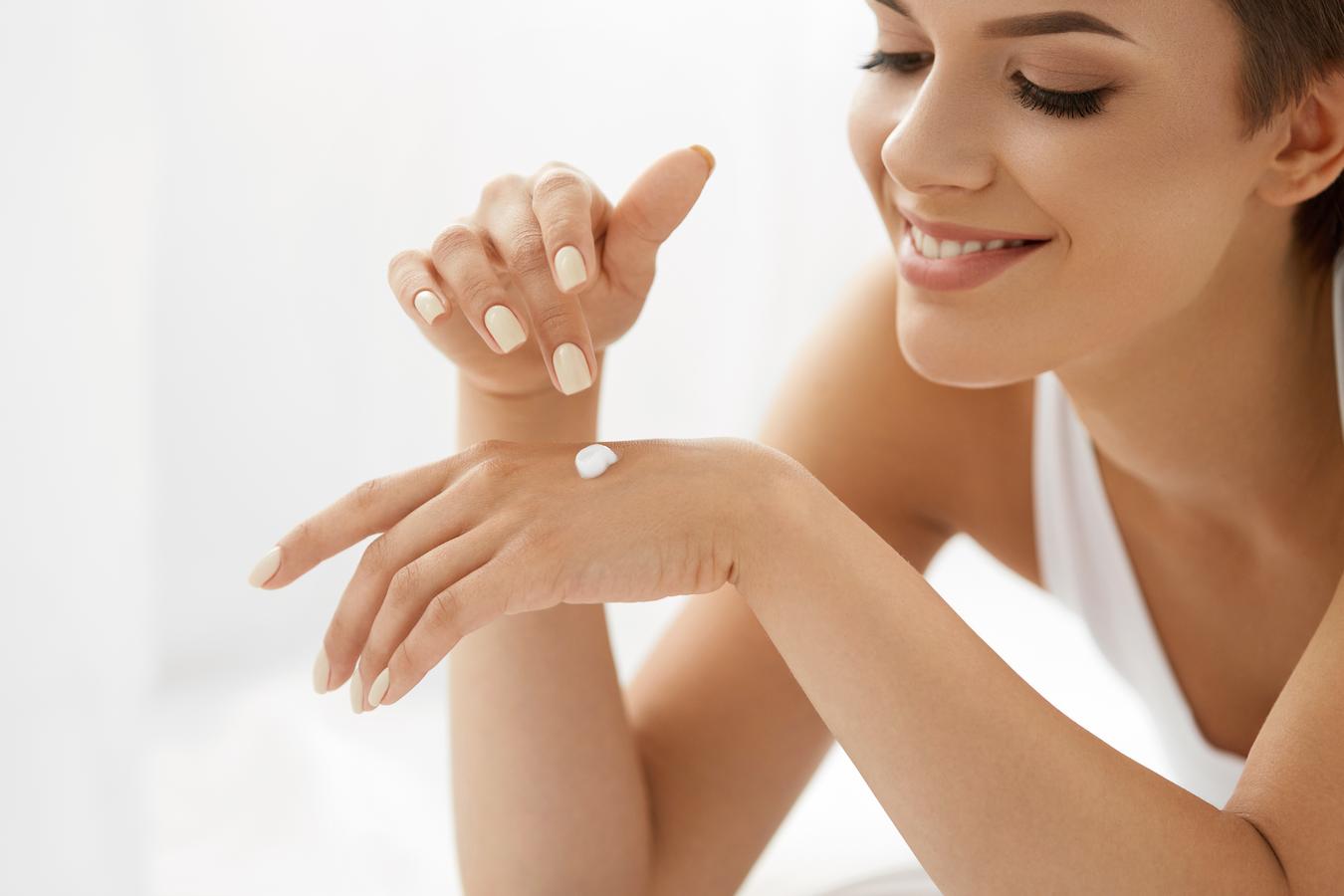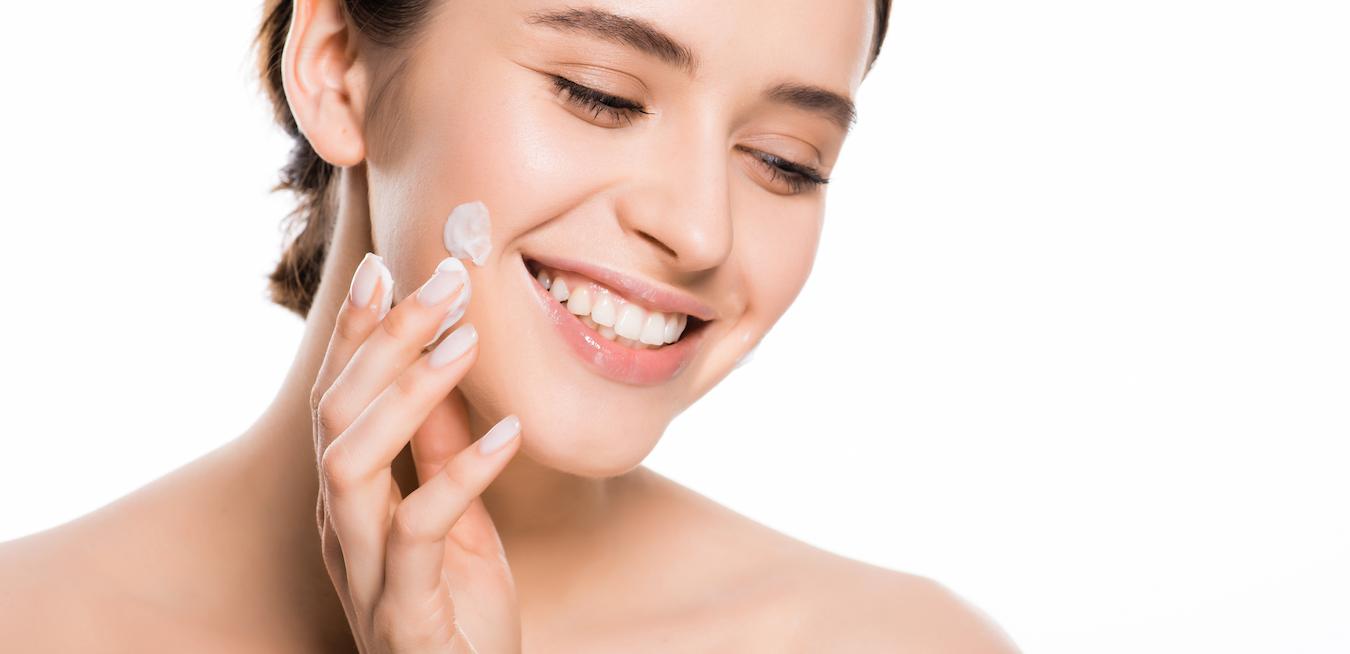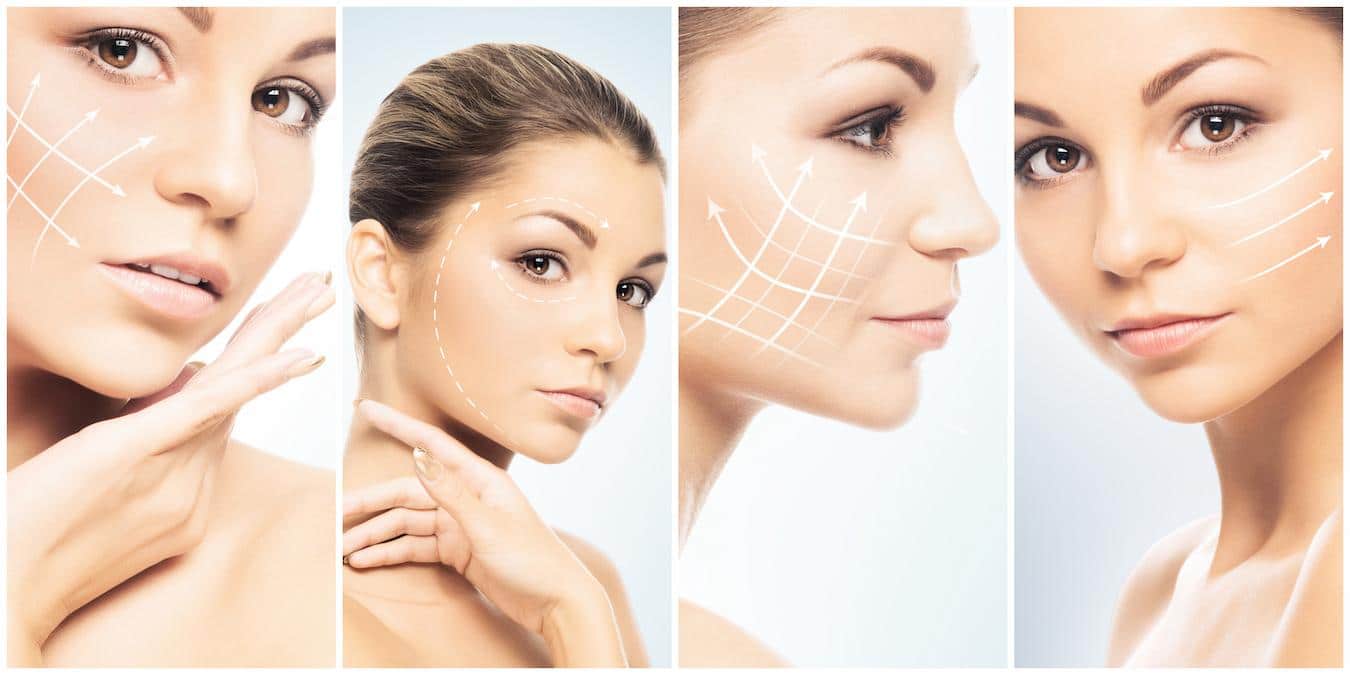How To Use Glycolic Acid
When you think of skincare products, you probably think of soothing ingredients like vitamin C. Or something ultra moisturizing like hyaluronic acid.

So when we say glycolic acid, this might not be the first thing that comes to your mind. But even though it’s a chemical exfoliant, glycolic acid products can absolutely boost your skin care routine.
And not in the way you think acids would. So, are you ready to meet your new best friend?
See Related: What Is BHA In Skin Care?
What is glycolic acid?
Glycolic acid is a water-soluble alpha hydroxy acid, or AHA. And it’s actually made from sugar cane.
You might not think of pairing acids with your other skincare products. But you’d be surprised at just how many appearances glycolic acid makes across the skincare world.
Adding acid to your skin might not sound like a walk in the park. But glycolic acid is completely natural since it’s derived from plants.
Its tiny molecules make it easy for your skin to absorb all of its benefits. And this is what makes glycolic acid the perfect pair for skin types looking to improve skin texture, get smoother skin, or simply afford those pesky signs of aging.
So, how exactly does glycolic acid work? And is glycolic acid the perfect match for you?
How glycolic acid works
You’ve probably heard of other acids and AHA’s. But glycolic acid is actually the smallest-sized molecule of them all.
And this is actually to their advantage. Their small size allows them to penetrate deeply beneath the skin’s surface, giving you a run for your money in the search for better exfoliating acids.
Additionally, glycolic acid speeds up cell turnover so that your skin can shed dead skin cells even faster. And it triggers collagen production as well.
So if this over the counter acid sounds like a dream come true, that’s because it is! Except this dream can easily be mixed into your reality.
Ways to incorporate glycolic acid into your skin care routine
There are more than just a couple of glycolic acid products out there. But here are the main ways that you can use glycolic acid in your daily or weekly skincare routine.
In your face wash
Typically, a face wash with glycolic acid will only contain a low concentration of it. And this makes it safe to use on a daily basis.
Some of these face washes also include salicylic acid. So you’ll be getting a 2-in-1! This type of face wash is particularly beneficial for those with acne prone skin.
And with a concentration of only 8-10% or less, you can easily add glycolic acid into your nighttime routine. Just in time to give your skin a good night’s rest.
In your toner
After your nightly cleanser is the perfect time to bust out a glycolic acid toner. Toners are typically used to remove any last traces of dirt or other impurities on your skin.
And they can also restore your skin’s pH level. Luckily, a glycolic acid toner only uses a small amount of the acid itself.

So this is another glycolic acid product you can feel secure using everyday. In general, glycolic acid products are right for those with oily skin, normal skin, or combination skin.
So if you have sensitive skin and notice any skin irritation after you use glycolic acid, stop using it immediately. Give your skin a couple of days to refresh itself and reassess your skincare routine.
In your exfoliator
Something we’re especially proud to have in our catalogue is our glycolic acid exfoliator. As glycolic acid works to remove dead skin cells, this product will reveal new, more radiant skin than you’ve ever seen before.
Not to mention that your skin will feel as smooth and soft as a baby’s! While you might be tempted to incorporate this exfoliator into your daily skincare routine, we’d actually recommend you use it only twice a week.
Exfoliating can offer your skin plenty of benefits. But everything in moderation.
As a face mask
We’ve all had those long days where all we can look forward to is a self-care night with a mask involved. And luckily, glycolic acid makes an appearance in those kinds of masks too!
Glycolic acid peels typically contain a much higher concentration of glycolic acid. So if you’re really into the glycolic acid peel, you should only be using one once a week.
That being said, a glycolic acid peel assists the other products in your skincare routine. So if you want your other products to absorb better, try using the glycolic acid peel first before your other products.
Bonus: Why Is My Skin So Dry Even When I Moisturize?
What does a glycolic acid product target?
Okay, we’ve given you tips on how to incorporate glycolic acid into your skincare routine. But what exactly does glycolic acid do for your skin?
Acne
We mentioned that glycolic acid is particularly good at removing dead skin cells that can clog up your pores. And this is exactly what makes glycolic acid the perfect match for those fighting acne.
With fewer impurities lurking around, glycolic acid helps you keep acne out. All while preventing those inflamed breakouts that make us feel not so giddy.
Additionally, this preventative trait of glycolic acid may help to prevent acne scars as well. This isn’t to say that acne scars will completely go away when you use glycolic acid.
But for the most part, skin care is about preventative care. So glycolic acid definitely contributes to that.
Dark spots
If you have dark spots from aging or sun exposure, glycolic acid may help lessen the appearance of them. Most of the time, dark spots really only affect the top layer of the skin.

So when those skin cells get removed, those dark spots appear faded in comparison. That being said, glycolic acid can make your skin more sensitive to light.
So if you’re looking to lessen the appearance of dark spots, use glycolic acid at night. That way, you won’t be sabotaging your progress!
Dull skin
We’ve all had those days where our skin just looks dull. And that’s mostly due to clogged pores and dead skin cells.
Thankfully, glycolic acid can scrub away those types of impurities, leaving you with more radiant skin than before. Besides, is there anything worse than dull skin?
Uneven skin texture
You may have used physical scrubs or other chemical peels to get at any rough spots on your face. But we bet you haven’t seen the results only a glycolic acid peel can provide.
That’s because glycolic acid sloughs off rough and flaky patches of skin. But unlike that other chemical peel you’ve been using, it won’t dry your skin out.
Instead, glycolic acid helps to transfer water molecules from the air to the skin. And this can help replenish moisture unlike other acids. Pretty cool, huh?
Mature skin
Those with mature skin will be happy to know that glycolic acid doesn’t just smooth fine lines and wrinkles. It also promotes collagen production and improves skin texture and tone.
Oh, and did we mention it also refines your pores too? Seriously, glycolic acid is like a 40-something-in-1 that doesn’t even look a day over 20.
Dry skin
It seems silly to turn to an acid when you need moisture. But that’s exactly what glycolic acid is here to provide your skin.

As it plumps the skin, it prevents it from getting dried out. But if you have particularly sensitive skin and find that you need a little moisture anyway, follow up glycolic acid with a water-based moisturizer.
That’ll seal the moisture in. And keep your skin care plump, plush, and hydrated.
Clogged pores
We already mentioned how glycolic acid can slough off impurities and unclog pores. But did we mention that it can also make the pores appear smaller?
You definitely don’t want your skin to look like the Rocky Mountains. So adding just a little bit of glycolic acid into your skincare routine will do wonders for your pores and acne.
FAQs about glycolic acid
We know we’ve sung the praises of this amazingly versatile acid. But here are a couple of other questions you might have in the back of your mind.
How do you apply glycolic acid to your face?
There are several types of products out there that contain glycolic acid. But if you’re going straight to the source, be sure to soak a cotton pad in a glycolic acid solution first.
Then, sweep it over and press it into your skin. You can focus on acne areas. But otherwise, make sure you give equal amounts of attention to various parts of your skin.
After the acid has fully absorbed, follow up with a cruelty free anti-aging serum or moisturizer. The next product you use will absorb much better due to the glycolic acid. And you’ll lock in all the benefits too.
Is it okay to use glycolic acid everyday?
So long as the daily products you use have a low concentration of glycolic acid, yes. That being said, if you are one of those sensitive skin types, consider acclimating yourself to the acid in small steps.
Don’t jump right in and start using it every single day. Let your skin type adjust to the acid, then assess how your skin reacts from there.
How long should I leave glycolic acid on my face?
A glycolic acid peel may contain other ingredients like salicylic acid or lactic acid. So you’ll only want to leave the acid peel on for about 15-30 seconds.
Then, you can rinse it off and follow up with a moisturizer. If you notice any irritation, make sure you lay off the peel for a while and see how your skin adjusts.
What should I put on my face after glycolic acid?
After applying glycolic acid, you’ll want to apply a hydrating serum or gel. For some, glycolic acid can make their skin feel dry afterwards despite its hydrating effects.

So any gel or hydrating moisturizer should help to seal in moisture after the fact. Additionally, glycolic acid is best when used at night time since it can make your skin more sensitive to light.
And when you wake up in the morning after having applied glycolic acid, be sure to apply sunscreen. This will prevent any further irritation as your day goes on.
Final thoughts
Glycolic acid and other acids used in skincare sometimes get a bad rap. Not to any fault of their own.
But because of the fact that they are indeed acids. And that doesn’t sound at all appealing to apply to your face.
But hopefully by now, you can see the benefits of glycolic acid when used in your skincare routine. In small concentrations, glycolic acid can help you freshen up your complexion while getting rid of any dirt and impurities that might be lurking on your skin.
Not to mention that glycolic acid is somewhat of a superhero as it’s also moisturizing too. That’s something you don’t get a lot with acids, so this definitely makes glycolic acid stand out from the rest.
In general, we hope that these tips are able to help you along your skincare journey. As knowledge is power, glycolic acid is a secret weapon you now know how to use.
Keep Reading: A Guide On How To Get Clear Skin
—
For over 60 years, Viviane Woodard has represented “The Purity of Skincare”. We are the leading beauty brand for skin care products and promote the importance of good skin hydration. Follow us on Facebook, Instagram, Twitter, and Pinterest for skin care tips, product discounts, and more.
